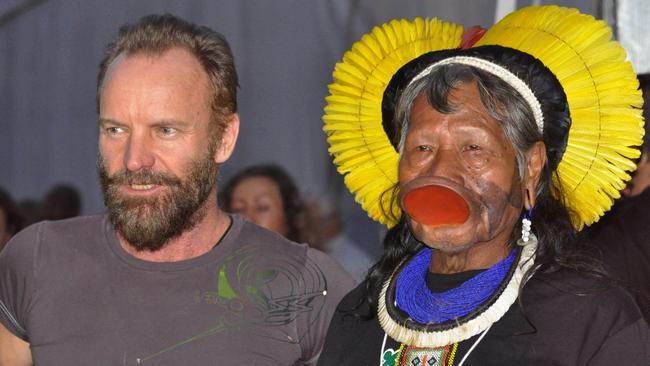Amazon explorers’ adventures revisited by Adam Courtenay
Two intrepid European explorers of the Amazon are at the heart of a book about the South American wilderness.

As well as being one of the best-known US presidents, Theodore Roosevelt was a larger-than-life adventurer. In 1913 he explored the rainforests of the Amazon, an experience he recounted a year later in his fascinating book Through the Brazilian Wilderness. He regarded the Amazon as a paradox and a prime example of the casual brutality of the tropics, agreeing with Charles Darwin’s assessment: “one great, wild, untidy, luxuriant hothouse, made by nature for herself”.
Roosevelt initially waxed lyrical about the enormous variety of flora and fauna and thought there was a “duty to preserve from impoverishment and extinction the natural wildlife which is an asset of such interest and value”. But by the time he left the Amazon, he was psychologically spent and in a malarial daze.
In Amazon Men, his fascinating follow-up to Grand Mistresses of the Amazon, Australian journalist and author Adam Courtenay explains that environmental sustainability, a modern idea, was far from fully formed in Roosevelt’s mind. “Roosevelt’s own confusion was a metaphor for how the following hundred years would unfold,” he writes. “By the mid-20th century, the forces of modernity would set about dismantling the wilderness, only to feel a collective sense of shame after most of the damage had been done.”
One of the book’s most powerful photographs is from 1989, showing musician Sting with Kayapo chief Raoni from the Xingu region. The pop star brought this stunning picture on to the world’s television screens, publicising the plight of Brazil’s native peoples.
Courtenay, son of author Bryce Courtenay, deftly mines first-hand accounts to tell the tales of Europeans — conquistadors and others — who went searching for conquest and riches in what was widely regarded as the fabled land of El Dorado, a place also rumoured to be the source of the mythical Fountain of Youth.
Primary among these early white explorers — the “Amazon Men”, as Courtenay calls them — was French explorer, geographer and academician Charles Marie de la Condamine (1701-74), the first bona-fide scientist to explore the main river in 1745. Two centuries earlier Spanish explorer and conquistador Francisco de Orellana (1511-46) was the first European to traverse the continent and navigate the length of the Amazon River, which initially bore his name: Rio de Orellana.
While focusing on the roles of these two European explorers, Courtenay’s captivating book is also the story of a river and its rainforest, and an examination of the complex and contradictory human responses to the development of the Amazon and to its preservation.
Hundreds of years after the first European contact, the Amazon arguably retains much of its primordial quality. As Courtenay puts it, “there are still unexplored areas where the native peoples have never witnessed white man”. In many places the river is as it was when early explorers first saw it.
Despite rapacious development and the neglect of many South American countries, the Amazon is still, in many places, as majestic as ever, one of the world’s great natural wonders, and one, in Courtenay’s skilful hands, that is well worth reading about.
Ross Fitzgerald is the author of 38 books.
Amazon Men: The World’s Greatest Forest That has Eluded and Deluded Explorers for 500 Years
By Adam Courtenay
Endeavour Press, 251pp, $US9.99



To join the conversation, please log in. Don't have an account? Register
Join the conversation, you are commenting as Logout